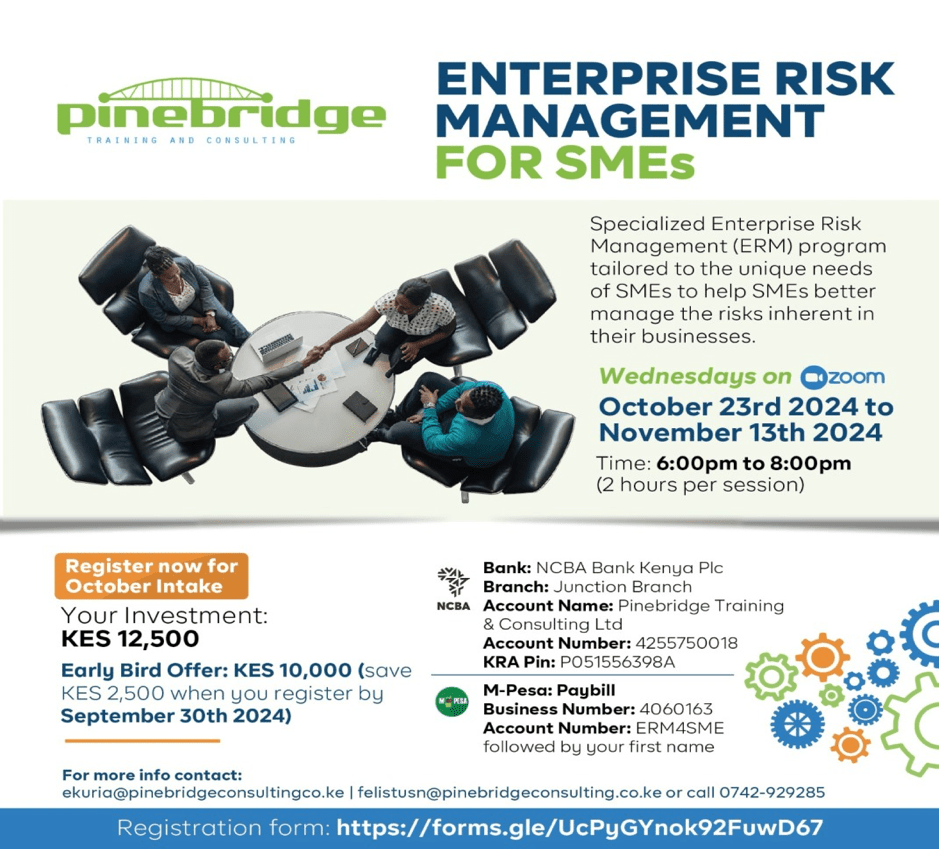Enterprise Risk Management (ERM) is more than just a buzzword; it’s the bedrock of resilience and sustainable success in today’s volatile business environment. Think of it as building a fortress around your organization, protecting it from potential threats and laying the foundation for future growth. But how do you actually build this “ERM fortress”? It starts with a robust framework.
1. Laying the Foundation: Key Principles
Before diving into construction, you need a blueprint. Your ERM framework should be built on these key principles:
- Alignment with Business Objectives: Your ERM framework should be intrinsically linked to your strategic goals, not an afterthought.
- Comprehensive Risk Identification: Cast a wide net. Consider operational, financial, strategic, and compliance risks. Don’t just focus on the obvious; dig deep to uncover hidden vulnerabilities.
- Risk Assessment and Prioritization: Not all risks are created equal. Develop a system to assess the likelihood and potential impact of each risk, allowing you to prioritize your efforts effectively.
- Risk Response Strategies: For each prioritized risk, determine the best course of action: avoid, mitigate, transfer, or accept.
- Monitoring and Continuous Improvement: The risk landscape is dynamic. Your ERM framework should be a living document, regularly reviewed and updated to adapt to changing circumstances.
2. Constructing the Walls: Implementation
With your blueprint in hand, it’s time to start building:
- Secure Leadership Buy-in: ERM is not just a function of the risk department; it requires commitment from the top down. Leadership buy-in is crucial for successful implementation.
- Establish Clear Roles and Responsibilities: Everyone in the organization plays a role in risk management. Define clear responsibilities to ensure accountability and ownership.
- Develop a Risk-Aware Culture: Embed risk awareness into your organization’s DNA. Encourage employees to identify and report potential risks, fostering a proactive approach to risk management.
- Leverage Technology: Utilize risk management software to streamline processes, improve data analysis, and enhance reporting capabilities.
3. Maintaining the Fortress: Ongoing Monitoring
Your ERM fortress requires constant vigilance. Regularly monitor the effectiveness of your framework, identify any gaps, and make necessary adjustments to ensure its continued strength and relevance.
By following these steps, you can construct a robust ERM framework that safeguards your organization, strengthens its resilience, and paves the way for sustainable growth.


